Fix: You have been denied permission to access this folder
When you are trying to open a folder via File Explorer, you can encounter the “You have been denied permission to access this folder” error message. As evident from the message itself, this issue occurs when you do not have access to the specific folder and thus are unable to read it.

To fix this, you will need to take ownership of the folder and ensure that your user account is an administrator account as well. There are various ways you can go about taking ownership of the folder on your computer. We will cover various different instances that are applicable to this scenario so you are able to resolve the issue regardless of the situation.
How to Fix the “You have been denied permission to access this folder” Error?
The primary cause of the error message is insufficient permissions to the targeted folder on your PC. You can encounter this issue if your account does not have administrative privileges. In addition, the error message can also appear when trying to access files on a USB. Let us go through the various solutions that you can implement to overcome the problem.
- Assign User Account to Administrator Group: The first thing that you should do is to ensure that you are using an administrator user account. If your user account does not belong to the administrator user group, the error message will be frequent since the permissions of your user account are limited. As such, you will need to assign your user account to the administrator group.
- Copy Folder to Different Location: In some cases, the error message can occur due to the location of the folder. This happens when your user account does not have permission to the respective location because of system restrictions. In such a situation, you will need to copy the folder to a different location to resolve the issue.
- Take Ownership via Command Prompt: If you are using an administrator account, you can use the takeown utility to take ownership of the folder that is prompting the error message. This will give you all of the permissions and get rid of the issue altogether.
- Take Ownership via File Explorer: Using the command prompt to provide commands to the operating system is not everyone’s cup of tea. Therefore, you can also use a more graphical user to take ownership of the folder via the File Explorer window.
- Remove Write Protection: Your user account can be denied access to a specific folder if the disk has write protection. This allows the contents of the drive to remain unchanged, meaning no write operations can be performed on the respective drive. To resolve the issue, you will need to remove the write protection from the folder via the Diskpart utility on your system. This can be helpful when you are using an external drive.
- Use Xcopy to Copy Files (USB): If you are encountering the error message on a USB drive, you can overcome the issue via the Xcopy utility. The issue often occurs due to inherent permissions of the folders that have been copied from a different computer, thus belonging to a different user account. To remedy this, you can create a copy of the folders on your computer which will give you ownership over the files and you should be able to access them.
1. Assign User Account to Administrator Group
- Open the Run dialog box by pressing the Win key + R on your keyboard.
- In the Run box, type in netplwiz and hit Enter.

Opening User Accounts Window - Then, select your user account and click Properties on the User Accounts window.
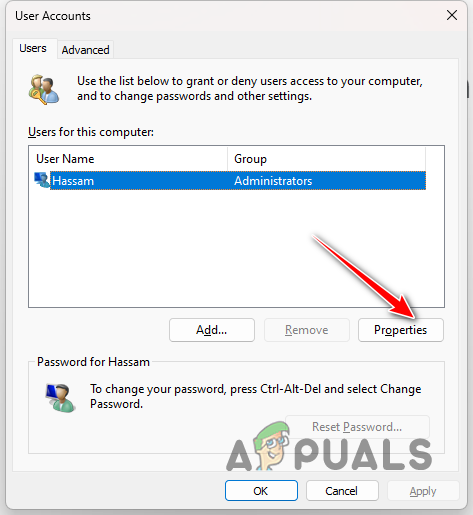
Navigating to User Account Properties - Switch to the Group Membership tab on the Properties window.
- After that, select the Administrator option and click Apply.

Assigning User Account to Administrators Group
2. Copy the Folder to a Different Location
- Open the File Explorer app.

Opening File Explorer - Navigate to the location of the folder.
- Then, select the file and press CTRL + C. Alternatively, you can right-click on the folder and select Copy from the context menu.
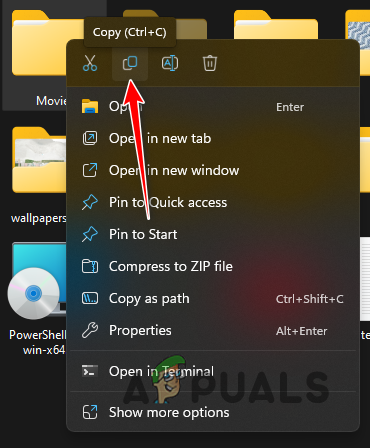
Copying Folder - After that, go to a different location, like your Desktop, and paste the folder.
3. Take Ownership via Command Prompt
- First, open the Start Menu. Search for the command prompt and click on Run as administrator.

Opening Command Prompt as Admin - In the command prompt window, enter the following commands one by one. Make sure to replace foldername with the path of the folder.
takeown /f foldername /r /d y icacls foldername /grant administrators:F /t
- Wait for the commands to finish.
- See if the issue is still there.
4. Take Ownership via File Explorer
- Start by opening the File Explorer window.

Opening File Explorer - After that, navigate to the folder prompting the error message.
- Then, right-click on the folder and choose Properties.
- On the Properties window, switch to the Security tab.
- Then, click on the Advanced option.
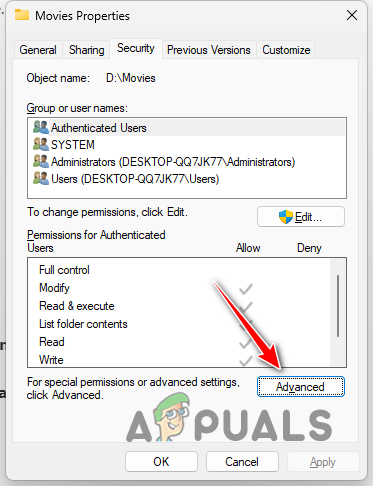
Navigating to Advanced Security Settings - After that, click on the Change option next to the Owner.
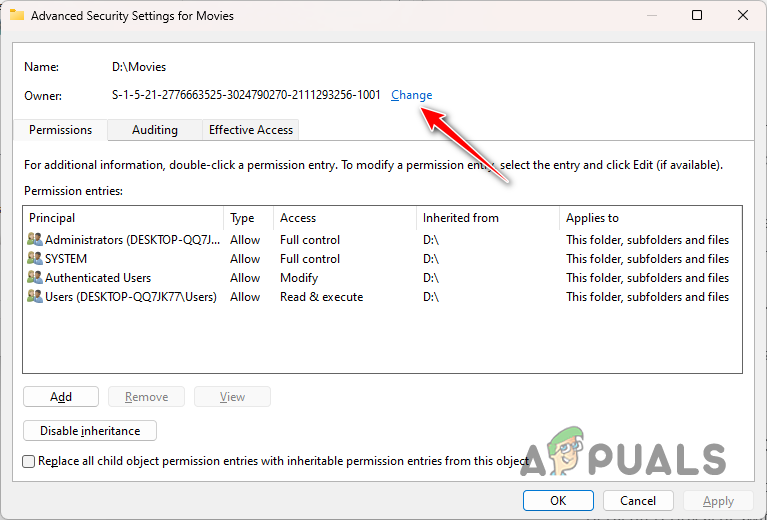
Changing Folder Ownership - In the follow-up window, enter your user account in the Enter the object name to select field.
- Then, click the Check Names option.
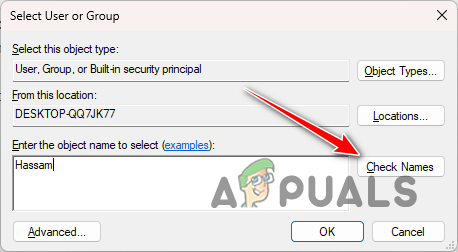
Selecting User Group - After that, tick the Replace all child object permission entries with inheritable permission entries from this object option.
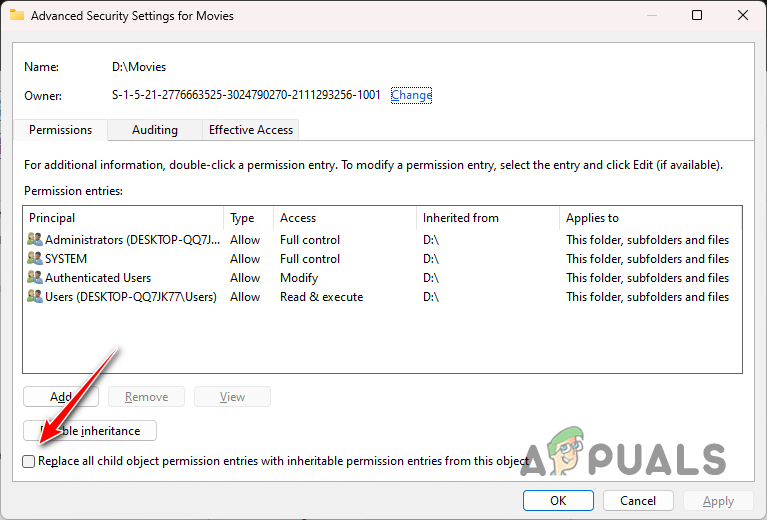
Replacing Permissions of Child Entries - Finally, click Apply and OK on both windows.
- See if the problem is still there.
5. Remove Write Protection
- First, search for the command prompt in the Start Menu and click Run as administrator.

Opening Command Prompt as Admin - After that, type in diskpart and hit Enter in the command prompt.

Opening Diskpart - The Diskpart utility will open. Type in list disk and press Enter.
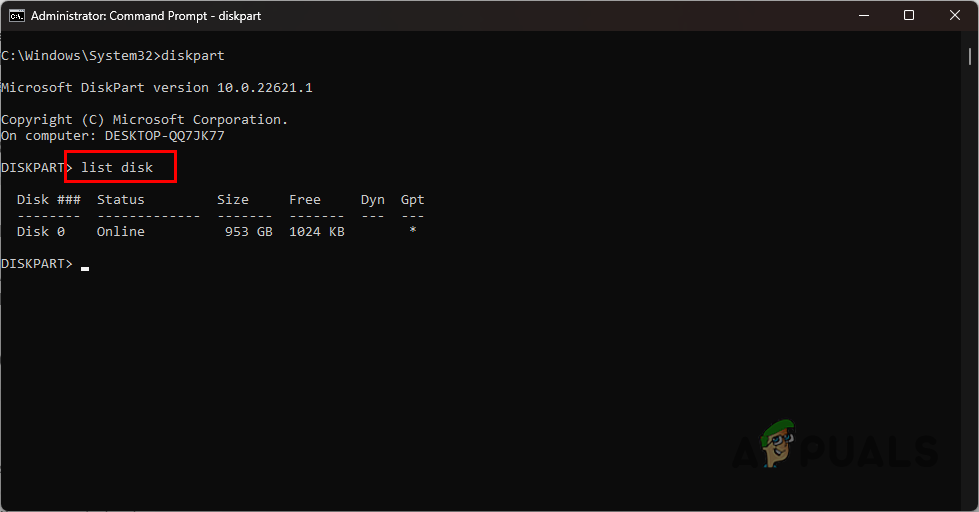
Listing Disks - Then, select your disk by typing select disk #. Make sure to replace # with the disk number on the screen.

Selecting Disks - To remove write protection, type in attributes disk clear readonly and hit Enter.
- Finally, close the diskpart utility and see if the problem is still there.
6. Use Xcopy to Copy Files
- First of all, open the Start Menu and search for the command prompt. Click the Run as administrator option.

Opening Command Prompt as Admin - In the command prompt window, type in the following command. Replace the source and destination keywords with the USB drive letter and a place to copy the files respectively.
xcopy source destination /E
- Wait for the process to finish.
That is it, you should be able to handle the error message in question with the solutions above. It is important to ensure that the folder that you have the proper permissions over the files that you access to prevent such issues. You can do this by using an administrative account and overriding permissions where they collude.
Still facing the error message?
If you are still facing the error message, you will have to navigate to the official Microsoft support website to resolve the issue. The customer support agents will be able to respond to your queries and resolve the issue in the community forums, or even through the ticket that you create.
You have been denied permission to access this folder - FAQ
You will encounter the error message in question when you do not have the required permissions to interact with the folder on your computer.
To check the permissions that you have over a file or folder, you can right-click on the folder/file and open the Properties window. On the Security tab, you will be shown the permissions of each user account to the respective folder.
 Reviewed by
Reviewed by 




